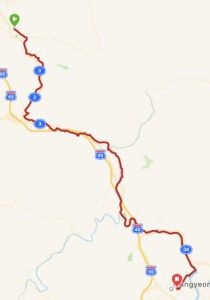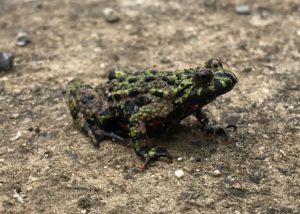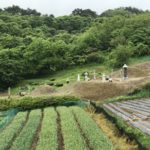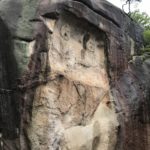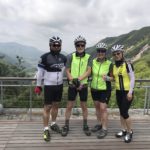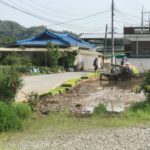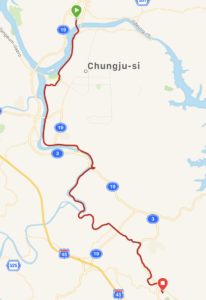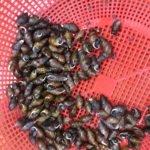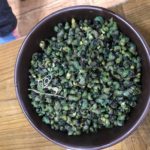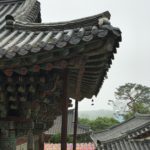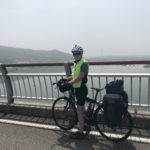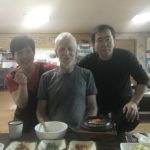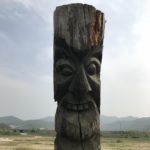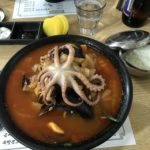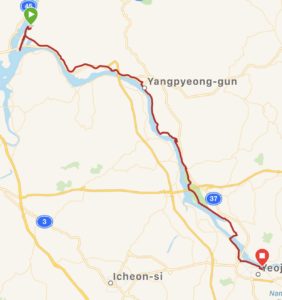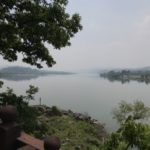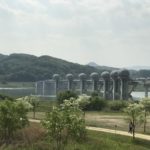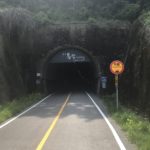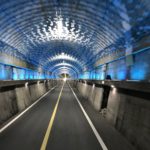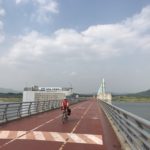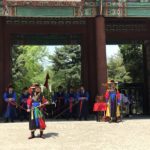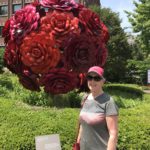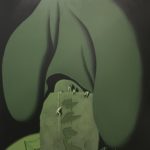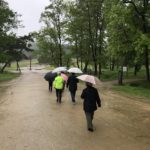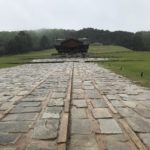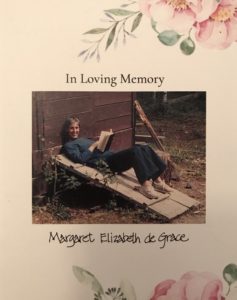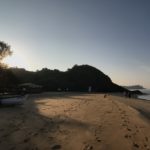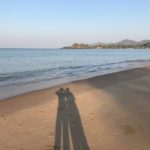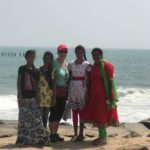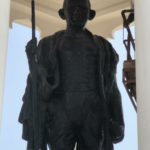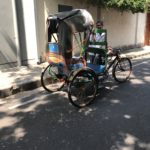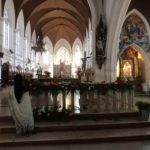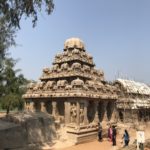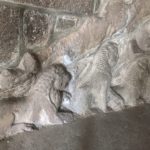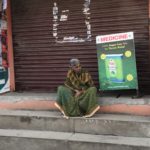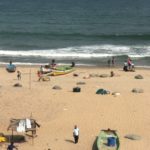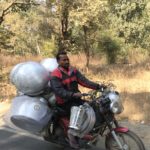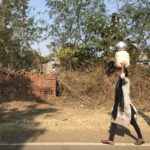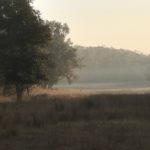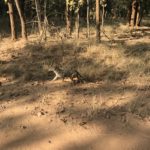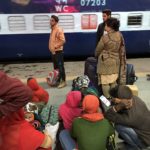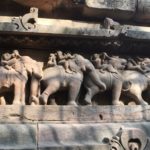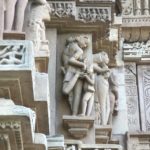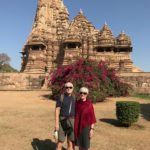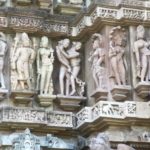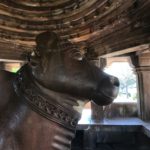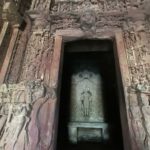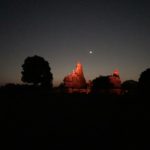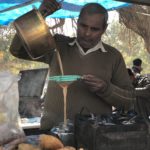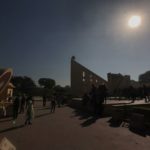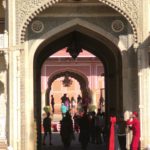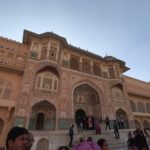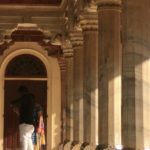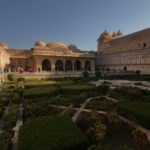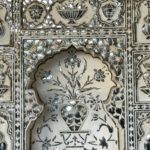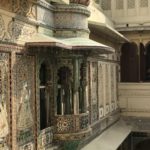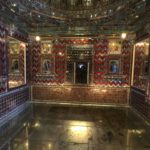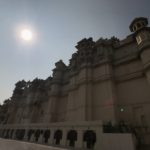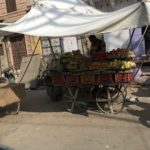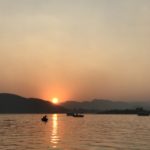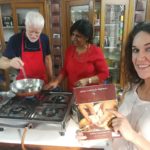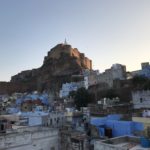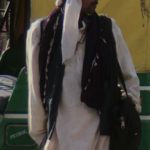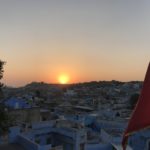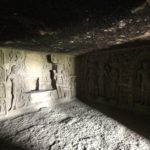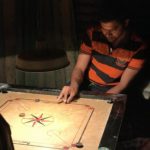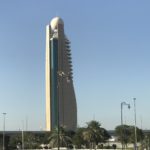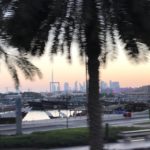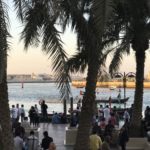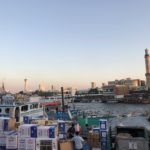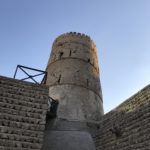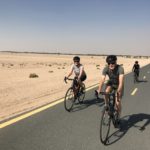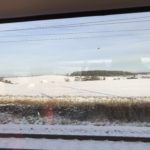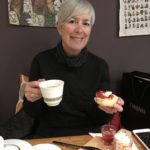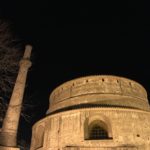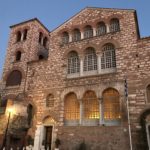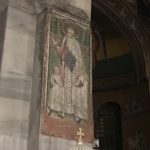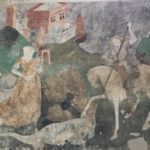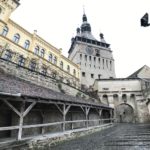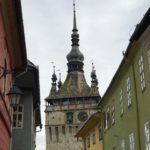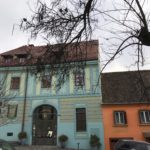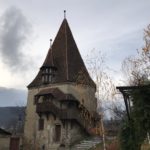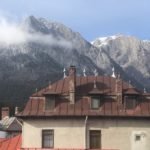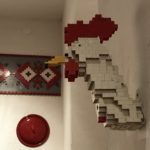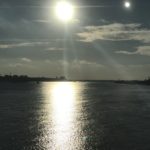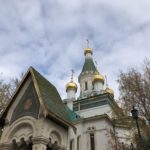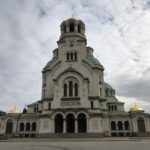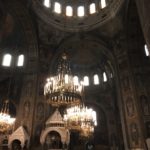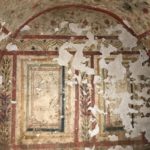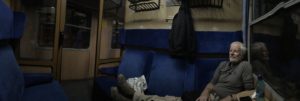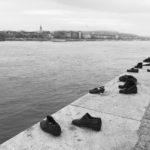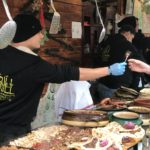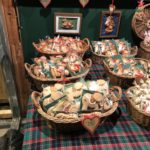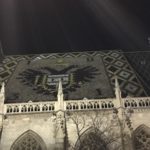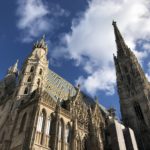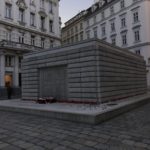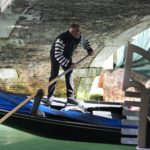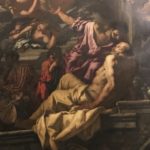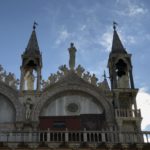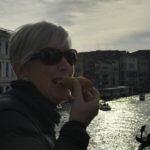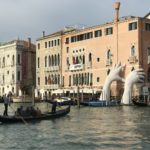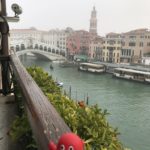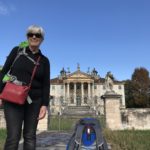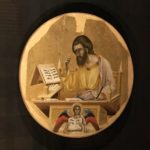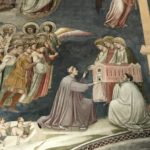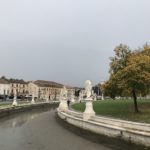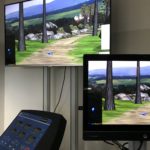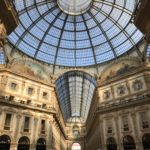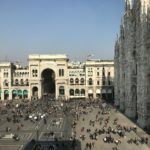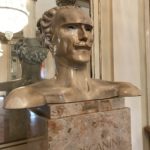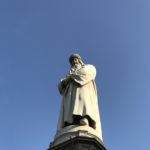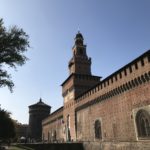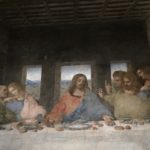Thessalonika to Larnaca (Cyprus) – 1133 km (air)
& 238,684 Fit Bit steps
Our decision to come to Cyprus was an expedient one, but after 17 days here, we were reluctant to leave this fascinating friendly island, with its Byzantine monasteries and Greco-Roman ruins, wonderful wines and haloumi cheese, not to mention long sandy beaches and warm winter sun!
We arrived knowing little about Cyprus, apart from the fact of the continued Turkish occupation of the northern part of the island. Paul had grown up hearing the names of the UK military bases and the EOKA “terrorists” that, in 1960, brought an end to British rule after 88 years. While the more recent British presence is seen in the legacy of such things as left-hand traffic, Belisha beacons and Grammar schools, Cyprus’ history is a long one of invasion, occupation and exploitation. With an abundance of resources sought by visitors and invaders for millennia – copper, silk, sugar, salt, cotton, wine and timber, it is strategically placed on sea routes to the middle east and the Suez Canal, and is close to both Greece and Turkey, physically and historically. The country’s rich archaeological history shows evidence of Stone Age, Bronze Age, Mycenaean, Phoenician, Greek, Roman, Byzantine, Frank, Venetian, and Ottoman cultures and occupations.
In 1974, in response to an attempted takeover by the Greek military, Turkey invaded the island and it has been divided ever since. Even before that, soon after independence, the capital Nicosia had a “Green Line” separating Greek and Turkish Cypriots, enforced by the UN. In 1983 the north unilaterally declared independence as the Turkish Republic of Northern Cyprus (TRNC). Turkey is the only country which recognizes the TRNC. While movement across the dividing line has become easier in recent years, the Turkish occupation resulted in a huge dislocation of Greek Cypriots from the north and the same for Turkish Cypriots in the south. We saw for ourselves abandoned houses in Larnaca, vacated by Turkish Cypriots after 1974. A guard at one of the historic sites told us that the Greek Cypriots get on well with the Turkish Cypriots but it’s Turkey they don’t like. Negotiations to reach a settlement as recently as January 2017 have not progressed. One of the conditions of Turkey’s entry into the EU is resolution of the Cyprus dispute.
We based ourselves in Lanarca, a pleasant and interesting town near the site of the ancient city-kingdom of Kition. From our modern bright apartment, which looked out on the Mediterranean and Finikoudes Beach, we spent our days searching out espresso bars – To Kafe Tis Chrysanthis, our favourite!, visiting the wonderful Pierides Museum, the Church of Agios Lazaros in Larnaca (where we were surprised to find a young devout Russian woman lying in the empty tomb of St Lazaros!), the medieval Larnaca Citidal and the architectural ruins of Kition, with evidence of the presence of Mycenaean Greeks in Larnaca in the 13th century BC and subsequently a center of Phoenician culture.
On a rainy day trip by local bus to Nicosia we did a self-guided walking tour of the capital, stopping to see Cyprus Hadjigeorgaki’s Kornesios House and Ethnographical Museum (a good example of an Ottoman ruler’s House); the Liberty Monument (depiction of freeing prisoners after independence); and the Makarios Cultural Centre & Byzantine Museum. The latter documented stories of the rescue of stolen frescoes found in the US and Germany.
Wanting to learn more of the island, we hired a superb local tour guide, Radka Holesovska, who designed an itinerary for us over coffee in To Kafe. Originally from the Czech Republic, Radka has lived in Cyprus for 20 years, speaks fluent Greek (and Czech, Russian and English) and has an encyclopaedic knowledge of the island’s history and its antiquities, as well as of the culture and politics of the island. In addition to four full day tours, Radka also threw in an afternoon tour of local points of interest, including the Panagia Angeloktisti Church, Kiti near Larnaca, which contains one of the best preserved early Christian wall mosaics of Cyprus, likely created in the late 6th century, ostrich eggs placed above oil lamps in the Church prevented mice from eating the oil;
Hala Sultan Tekke on the west bank of Larnaca Salt Lake, a mosque and Muslim shrine which contains the tomb of the prophet Mohammed’s aunt;
– Larnaca salt lake , where flamingos which winter here had just returned. We walked back to the lake the next day to watch them feed and march along the shore.
Further afield, our day tours took us from the birthplace of Aphrodite in the sea, to the remains of Greek baths and Roman mosaics on the coast, to temples overlooking the Mediterranean, mountain villages, mosques, monasteries and Byzantine churches. We now know more about Greek Orthodox symbolism than we thought possible!
A summary of sights visited:
– Stavrovouni Monastery – fine position on a mountain 750M above sea level, one of the oldest in the world, from 4thC AD. Men only allowed inside – Paul had a quick look inside;
– Amathus – ancient royal city until 300BC – destroyed by Arab invaders in the 7thC AD – remains of Greek baths and Aphrodite’s temple with a great stone urn of 7thC BC, made from a single stone and weighing 13,000 kg. The original is in the Louvre and was taken away in 1865 by a French archaeologist, Count Melchior de Vogue with the assistance of an architect Ed. Duthoit and an epigrapher W. Waddington. The notorious Italian diplomat and amateur archaeologist, Cesnola, was also in Amathus and took away a stone sarcophagus from the 5th or 6thC BC which is still displayed in the Metropolitan Museum of Art in New York.
-Kolossi Castle – former crusader stronghold. The original dated from 1210 and was rebuilt by the Franks. Remains of a medieval sugar factory are next door.
– Panagia Forviotissa/ Asinou & Agios Nicholas Tis Stegis in Troodos Mountains. Beautiful settings in the wooded hills. They contain frescoes from 11-15thC, Similar frescoes are found in eight other churches,. The ten are UNESCO designated;
– Kykkos Monastery – icon reputedly painted by St Luke of Mary and baby Jesus in person. Venerated by Orthodox devotees, if cannot be seen as it is deemed too powerful for the naked eye;
– Choirokoitia – UNESCO World Heritage site of reconstructed Neolithic buildings
– Lemesos Castle – present building from 14th C, site of marriage of Richard the Lionheart in 1191;
– Kourion & Sanctuary of Apollo Hylates – theatre has great position overlooking the coast; pre-Christian settlement that thrived under the Ptolemies and Romans. Fine mosaic of Achilles meeting with Odysseus. Sanctuary of Apollo is close by with remains of Roman buildings destroyed by the earthquake of 365AD;
– Aphrodite’s birthplace marked by a rock in the sea – patron goddess of Cyprus;
– Palaipaphos – temple to Aphrodite, where visitors can wander freely across pre- Christian and Christian ruins;
– Paphos archaeological park with multiple fine Roman mosaics depicting Greek legends;
– St Paul’s pillar where he was allegedly tied and lashed 39 times before converting his tormentor, the Roman Governor, to Christianity;
– Tombs of the Kings (Kato Paphos Necropolis) 3rdC BC to 3rdC AD. Groups of burial chambers carved deep into rocks near the seashore;
– Agios Neophytos and Monastery founded in the 12thC. The founder Neophytos painted frescoes on the roof of his first cell which remain remarkably intact.
Parkinson’s Disease Notes: We were not able to talk to anyone involved with PD although we did make contact with one of the neurologists of the Cyprus Institute of Neurology and Genetics. He had been interviewed in 2014 and noted that there are around 1400 people with PD in Cyprus but emphasized drug therapy and surgery. We could find there no publications from Cyprus on rehabilitation programs.
Wildlife note: European Stonechat
Cyprus Photo Album
Eastern Europe Actual Route
Lisbon to Auckland Actual Route


